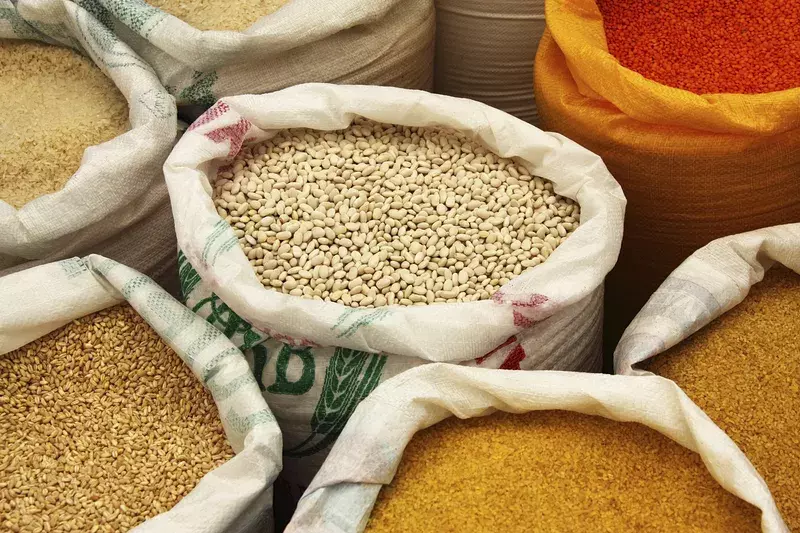Global Food Crises: Unveiling the Alarming Reality, Intensifying Hunger Index, and Demanding Urgent Solutions
Introduction
The world is witnessing an
alarming surge in global food crises, with millions grappling with hunger and
food insecurity. The Global Hunger Index (GHI) reflects the grim reality, highlighting
the severity of the situation. This comprehensive article delves into the root
causes, regional impacts, and underlying factors contributing to the
intensifying food crises. It also emphasizes the urgent need for immediate and
sustainable solutions to combat this pressing issue.
Understanding the Global HungerIndex (GHI)
The Global Hunger Index serves as
a critical tool in measuring and tracking hunger and malnutrition on a global
scale. Computed by the International Food Policy Research Institute (IFPRI),
the GHI takes into account crucial indicators, including undernourishment,
child stunting, child wasting, and child mortality. With scores ranging from 0
to 100, higher values indicate more severe levels of hunger and malnutrition.
Alarming Statistics and Regional Disparities
Recent reports from the GHI
reveal that over 811 million people are undernourished, affecting more than 10%
of the world's population. The food crisis hits Sub-Saharan Africa the hardest,
with approximately 21% of its population facing severe food insecurity. South
Asia, Latin America, and the Caribbean also struggle with high levels of food
scarcity.
Factors Contributing to the Crisis
The escalating food crises stem
from various factors:
- Climate Change: Unpredictable weather patterns,
extreme events, and rising temperatures disrupt agricultural productivity,
leading to crop failures and exacerbating food insecurity, particularly
among small-scale farmers.
- Conflict and Displacement: Armed conflicts and
political instability disrupt food production and distribution systems,
forcing communities to flee their homes and livelihoods, leaving them
vulnerable to hunger and malnutrition.
- Economic Challenges: Economic downturns and
recessions result in reduced incomes, increased poverty rates, and limited
access to food, especially for vulnerable populations.
- Poor Infrastructure: Inadequate transportation and
storage facilities lead to food losses and hinder the distribution of food
to remote areas, exacerbating food scarcity.
- Inequality: Economic disparities and social
inequalities often result in marginalized communities facing
disproportionate challenges in accessing nutritious food.
Immediate Solutions for Food Security
Addressing the root causes of
food insecurity requires comprehensive and concerted efforts:
- Sustainable Agriculture: Investing in
climate-resilient and sustainable agricultural practices, such as
precision farming, agroforestry, and crop diversification, can enhance
productivity and protect against climate-induced shocks.
- Social Safety Nets: Implementing effective social
protection programs, like conditional cash transfers and food assistance
schemes, can provide immediate relief to vulnerable populations.
- Nutritional Education: Promoting nutrition
awareness and educating communities about balanced diets and proper food
utilization can help combat malnutrition.
- Women Empowerment: Empowering women in agriculture
and decision-making processes can significantly contribute to food
security and family well-being.
- Technology and Innovation: Harnessing technology,
such as mobile applications and satellite imagery, can improve
agricultural practices, enhance supply chain efficiency, and reduce food
wastage.
- Peace and Conflict Resolution: Diplomatic efforts
to resolve conflicts and promote peace are essential to stabilize regions
and improve food security.
- International Cooperation: Global collaboration
among nations, NGOs, and international organizations is crucial to
providing aid, resources, and expertise to the most affected regions.
Conclusion
The escalating food crises,
underscored by the rising Hunger Index, demand immediate and coordinated
action. Governments, businesses, and civil society must work together to
prioritize food security as a global goal. By implementing sustainable
solutions, promoting social equity, and fostering international cooperation, we
can combat rising food insecurity and build a hunger-free world for present and
future generations. It is time to address the alarming reality and intensifying
hunger index with urgent and sustainable solutions.
















.png)
0 Comments